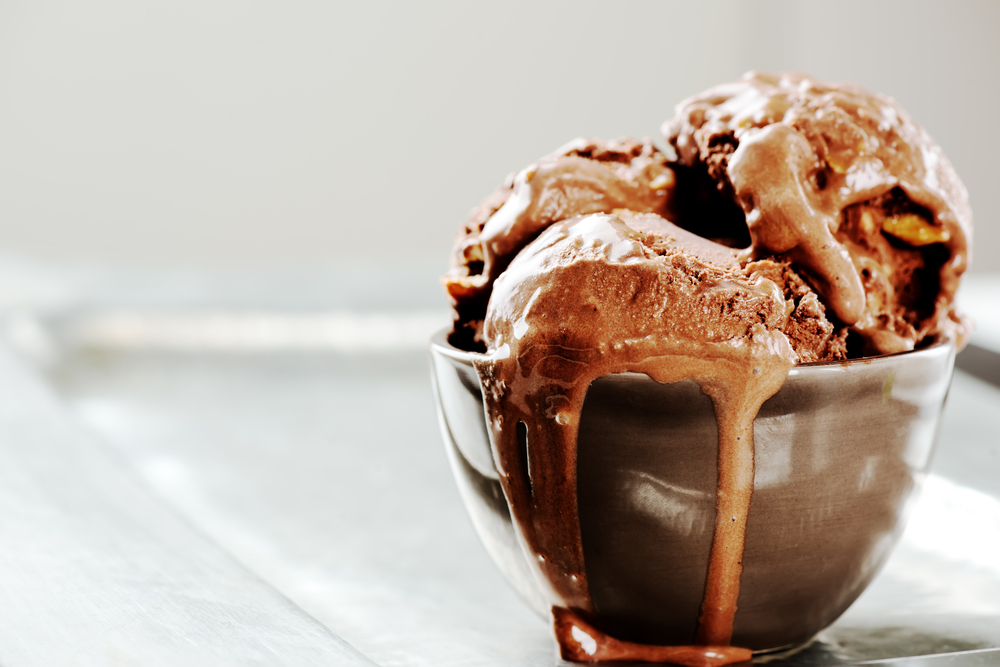While ice cream is a perfect treat for the summer, it can get inconvenient for long car rides and the mess that it makes is unparalleled. Different types of ice cream melt at different rates and having the information before giving ice cream to your little ones on a hot day can make you infinitely more prepared.
Ice cream melting time can depend on a variety of different factors, such as the amount of moisture in the air, heat, amount of ice cream, and flavor of ice cream, but the average is 15-20 minutes.
What Factors Make Ice Cream Melt?
The way that ice cream melts is heavily dependent on the fat content and amount of ice cream you have. Over multiple studies containing the same amount of ice cream, vanilla consistently melted the fastest because it has the lowest fat content. There are other factors that play heavily into this, such as:
Shape of Ice Cream
Due to the amount of tension in a rolled-up ice cream, it takes much longer to melt than ice cream that is loosely packed into a bowl, like soft serve or gelato. A scoop of ice cream will take longer to melt than a fro-yo, in the same fashion. Taking this into account when you’re looking for something durable might buy you a few minutes.

Flavor
If you’re looking for a flavor that can buy you more time, look at the fat content of each of the flavors of ice cream. A higher fat content means that the ice cream will melt slower because it is harder to melt fat than it is the other ingredients of the ice cream. Vanilla has been shown to melt the fastest due to its low-fat content, so getting something a little richer can help with its longevity.
Humidity
The climate in which you live can absolutely affect how your ice cream melts. High levels of humidity will make your ice cream melt much faster than it did before. While the same goes for temperature, taking care to buy the ice cream on a day with low humidity can buy you come time or explain why you barely got a bite before your ice cream turned into a milkshake.
Wind
Believe it or not, the how fast the wind it is going can melt ice cream faster than if it weren’t. This is because the air around the container is getting replaced with warmer air and is something to keep in mind if you’re transporting ice over longer distances.

Ingredients
The ingredients of the ice cream can also affect how the ice cream melts, as it can get complicated. The amount of sugar, salt, cream, and fat in the ice cream can either help with its longevity or make it entirely inedible.
How Can I Keep My Ice Cream from Melting?
The best way is to get a plastic container and dry ice. Dry ice will absolutely be able to keep the ice cream at below the freezing point for a long time while traveling.







